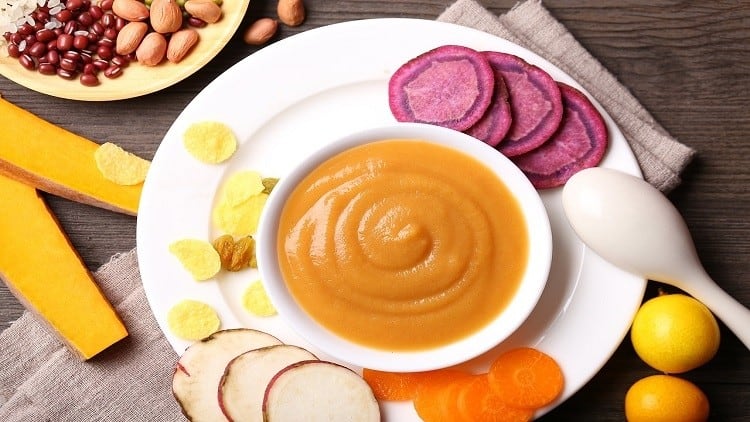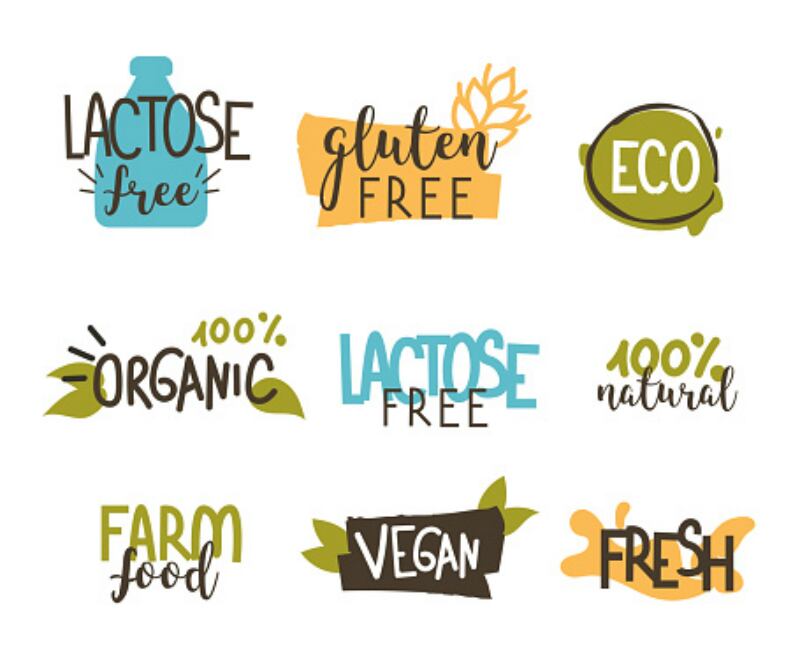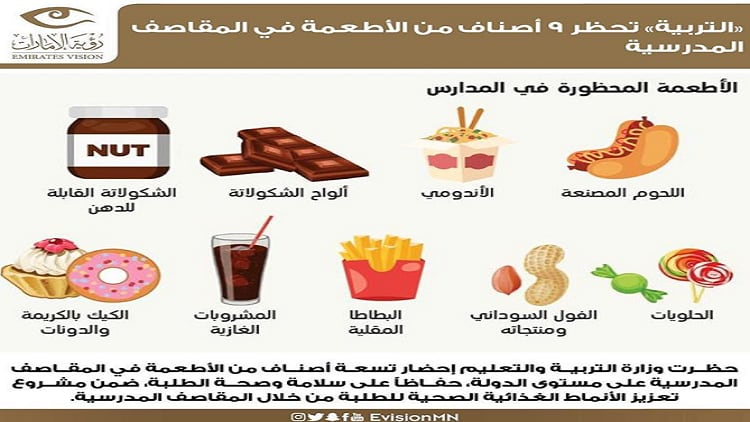The study published in the Dubai Medical Journal, was conducted by researchers from the UAE University’s department of paediatrics, Latifa Hospital, and Al Ain Hospital.
A total of 1,000 infants and toddlers, aged five months to two years attending Public Health clinics for immunisation, was recruited. This is the first large-scale study on infant feeding practices in the UAE.
During the study, the caregivers reported the feeding pattern of their infants and toddlers in the day before the study was conducted.
It was found that about 90% of the infants had been introduced to complementary food by the time they were five to six months old.
The complementary food introduced range from milk formula, juice, fruits and vegetables, staples, meat, and even french fries.
A common milk formula include camel’s or cow’s milk. For infants and toddlers between five to 11.9 months old, about 85.7% drank either camel’s or cow’s milk formula.
More than half – 70.8% of the infants and toddlers from this age group were also fed with rice, 62.9% with vegetables, and other forms of food, such as yogurt (25.9%), banana (25.7%), chicken (19.6%), and biscuits (19.2%).
“Moreover, French fries and/or sweetened beverages were consumed by 10% of infants and toddlers,” the researchers added.
On the other hand, the World Health Organisation recommends that infants should be purely breastfed in the first six months of age.
Comparisons to other countries
When compared to other countries, the UAE infants and toddlers had a greater exposure to complementary food and a prolonged breastfeeding duration at the same time.
“Complementary foods were introduced early at a relatively high rate (90%) in this study compared to the 21% in the Norwegian infant population as well as in Germany and the USA. It is also higher than in other Arab counties such as Bahrain (62%).”
The breastfeeding rate is also higher in the UAE as compared to the other countries.
Almost all (98%) of the UAE mothers initiated breastfeeding and 60% were still breastfeeding their infants by the time they were five months old.
“This is a good achievement compared to other countries, where fewer infants are still breastfed at 4–6 months, e.g., 54% in Luxembourg, 37% in The Netherlands, and 41% in Japan.
“However, it was expected that, in the UAE where, traditionally, breastfeeding continues till babies reach the age of 2 years, the percentage of breastfed infants would be higher,” the researchers commented.
They explained that a shorter breastfeeding period could be because the mothers were working.
“On the whole, the foods given to infants and toddlers were appropriate. However, some of the complementary foods reported were juice, sweetened beverages, and cow’s milk, and also solid foods such as potatoes. Complementary foods were introduced early at a relatively high rate in this study,” the researchers commented.
“Children were introduced to non-milk complementary foods in the appropriate period recommended by the American Academy of Paediatrics (AAP), but were given juice to consume before the AAP-recommended age of after and/or during 6 months old. Moreover, cow’s milk was given to the children daily before the recommended age of after and/or during 12 months.
“The importance of this study is that it sheds light on the lower than expected breastfeeding rates in infants, indicating that the number of children breastfeeding in the first year of life can be improved,” they concluded.
Source: Dubai Medical Journal
DOI: 10.1159/000496110
Meal and Snack Patterns of Infants and Toddlers in the United Arab Emirates: The UAE Feeding Infants and Toddlers Study
Authors: Yousef M. Abdulrazzaq et al





